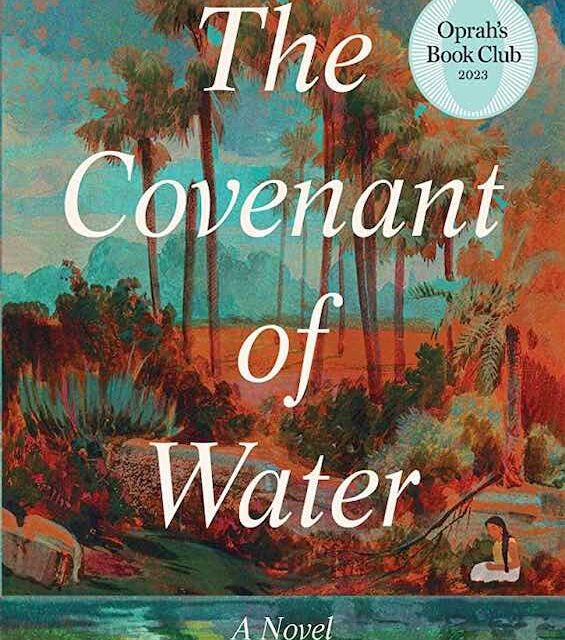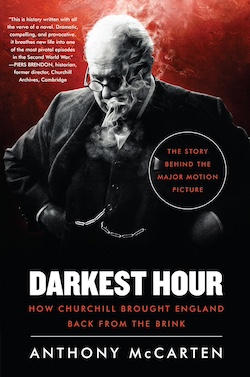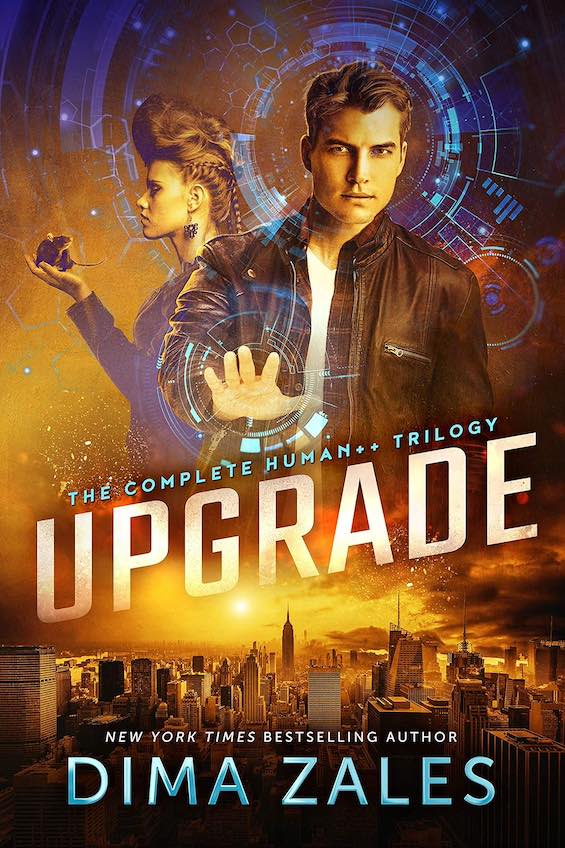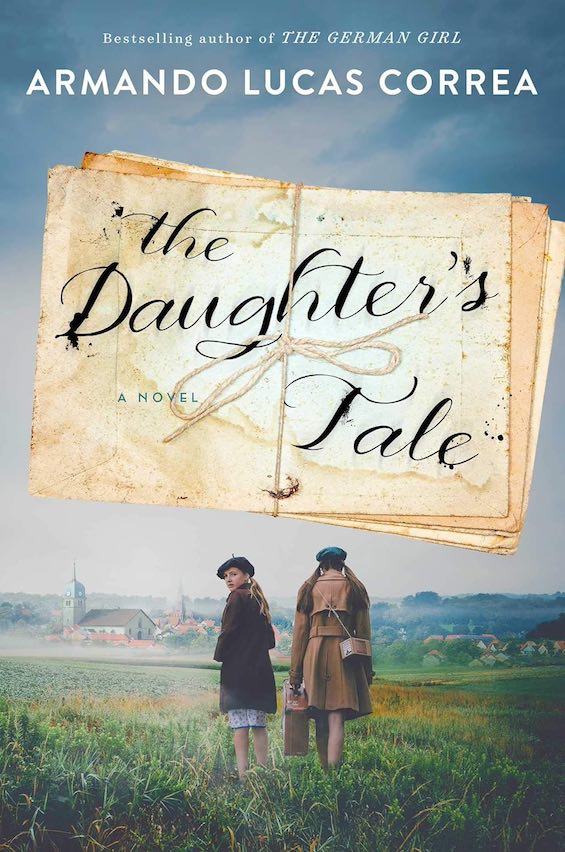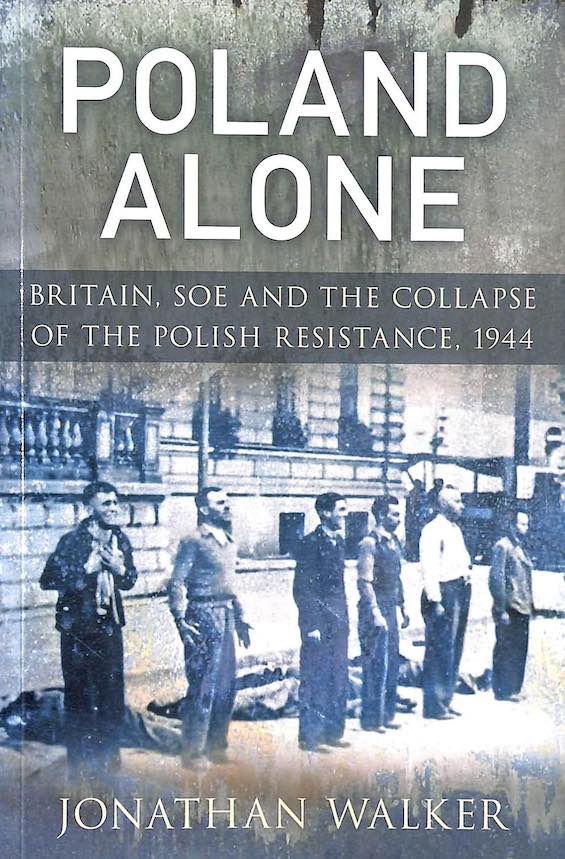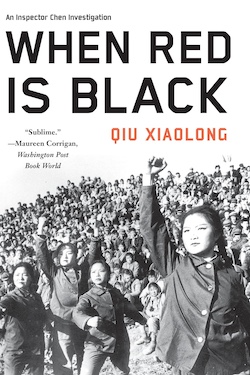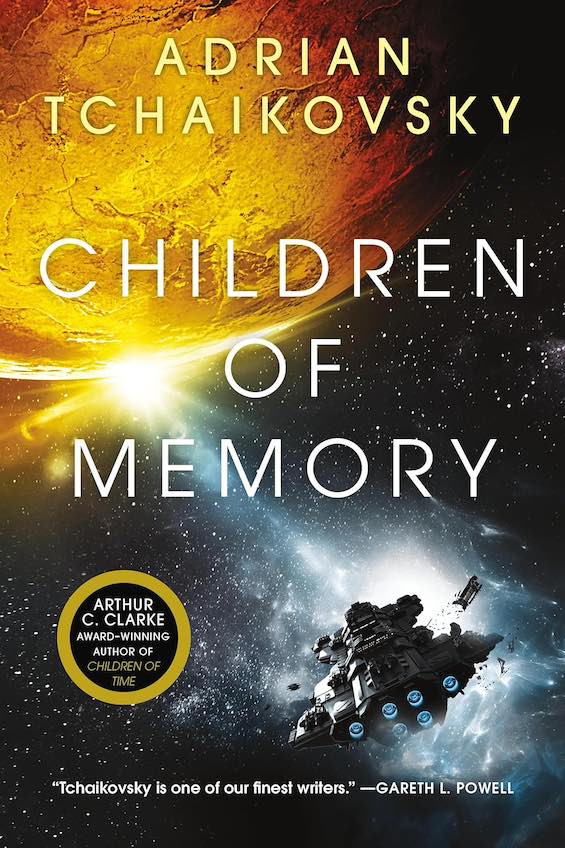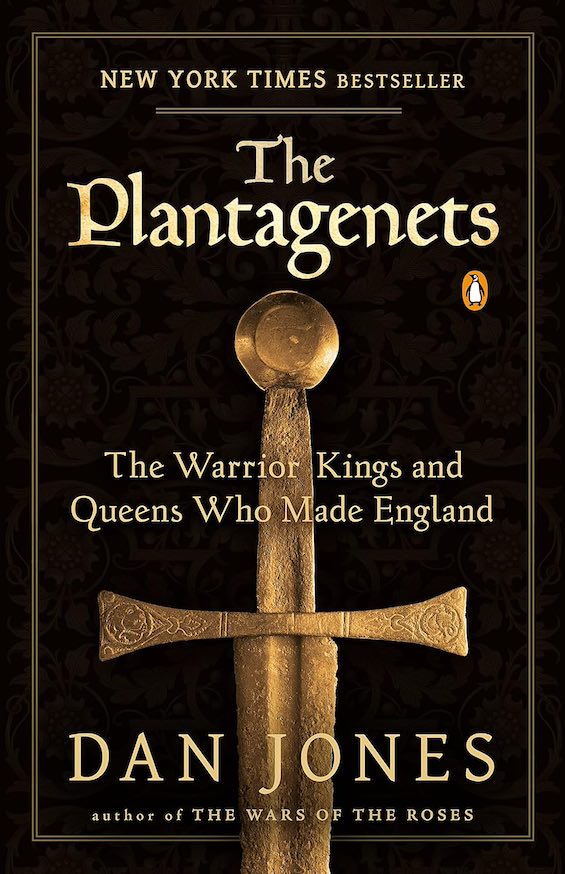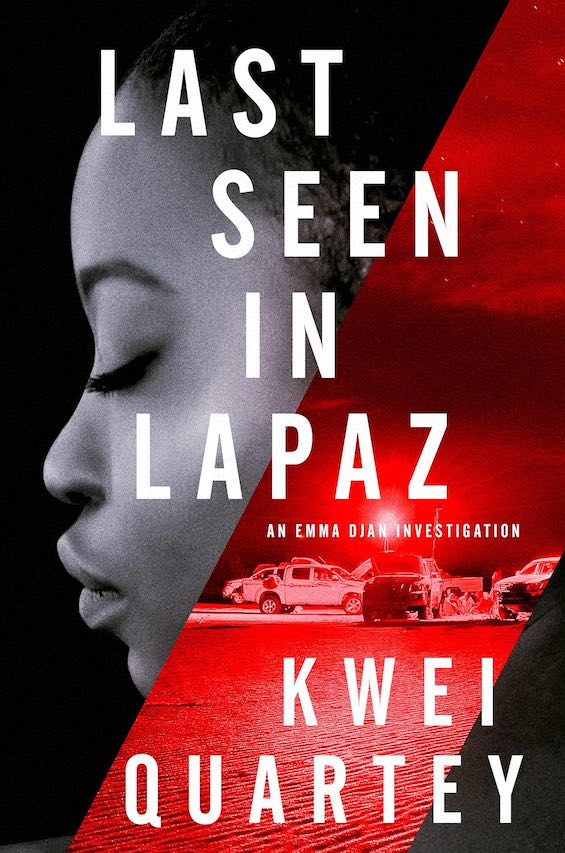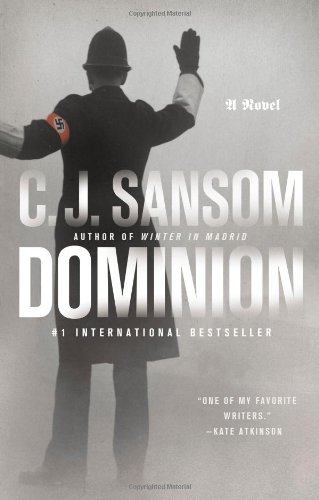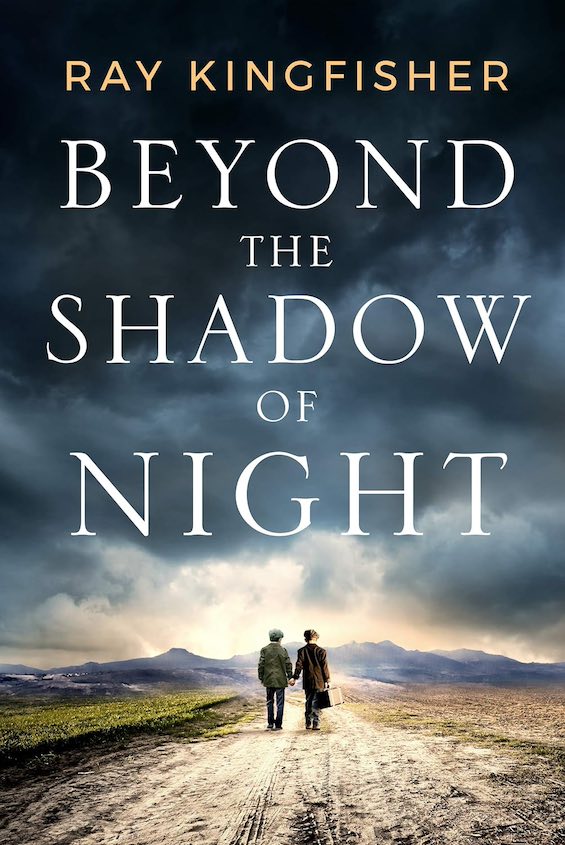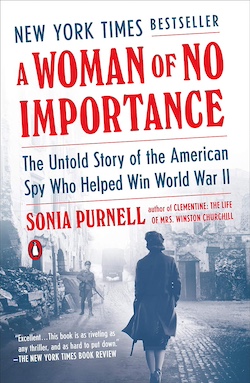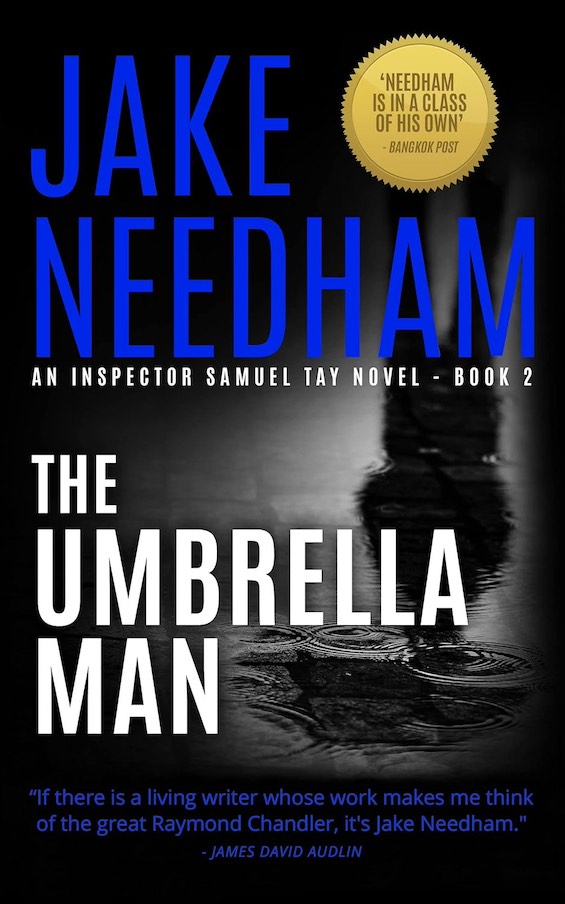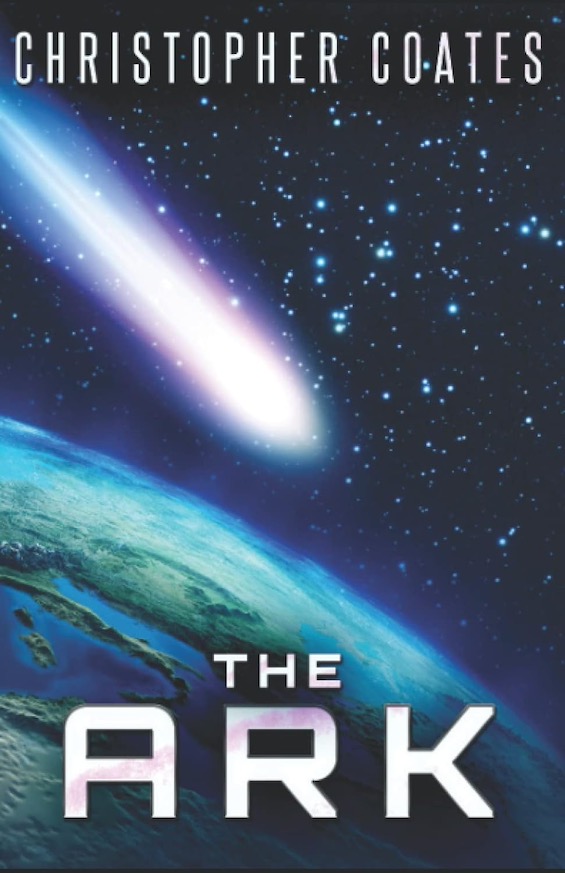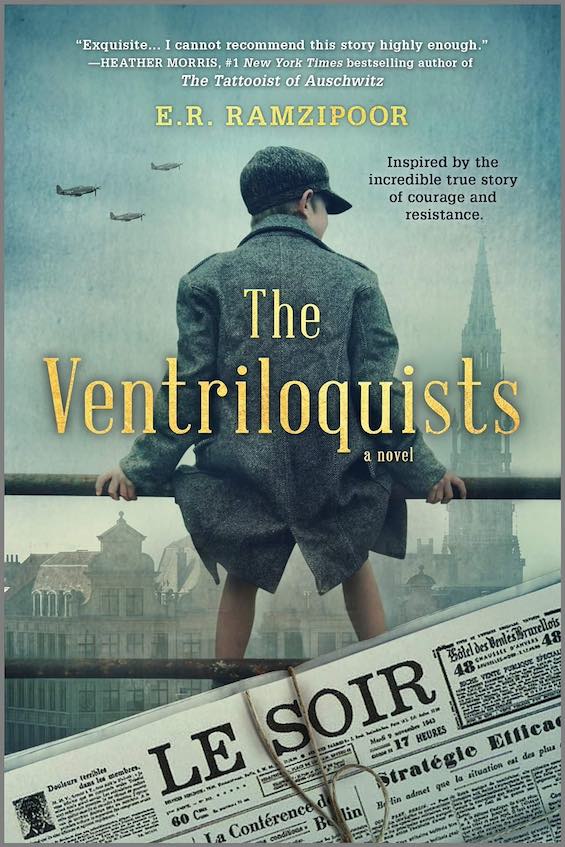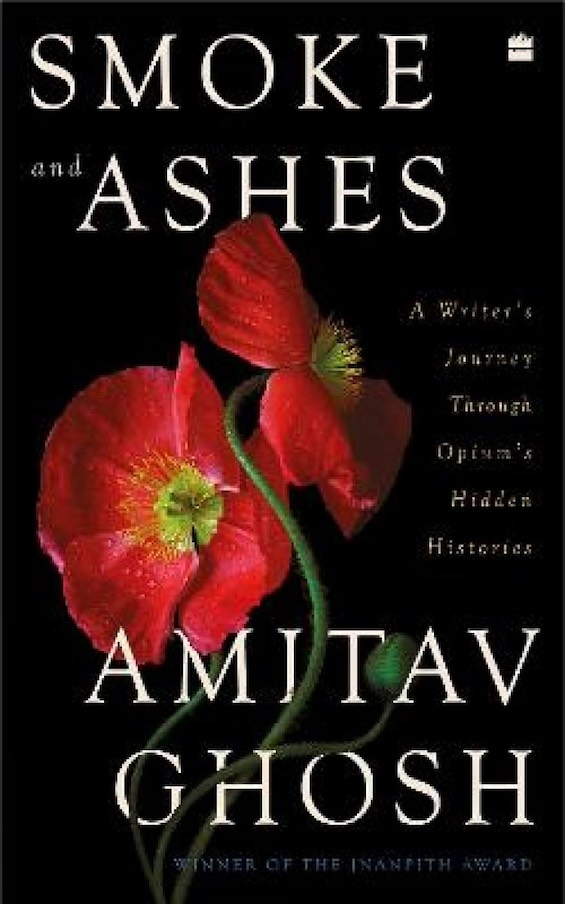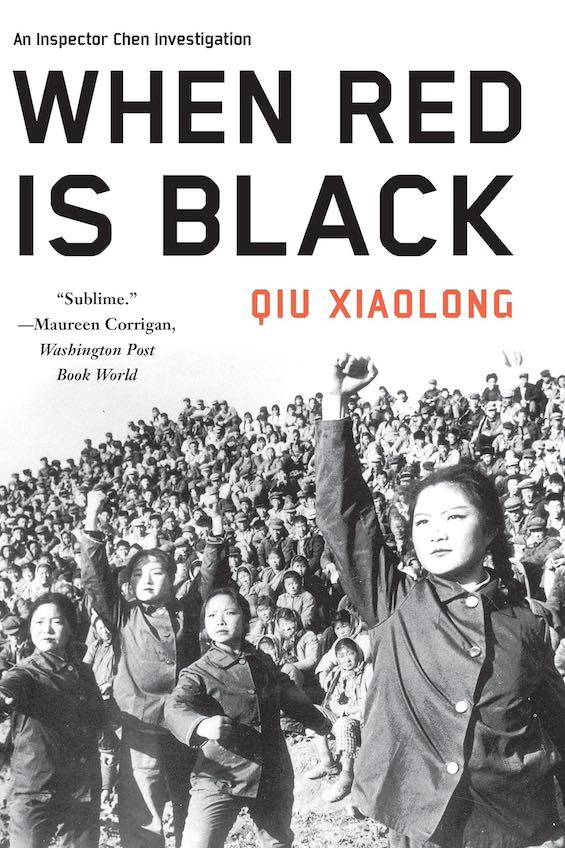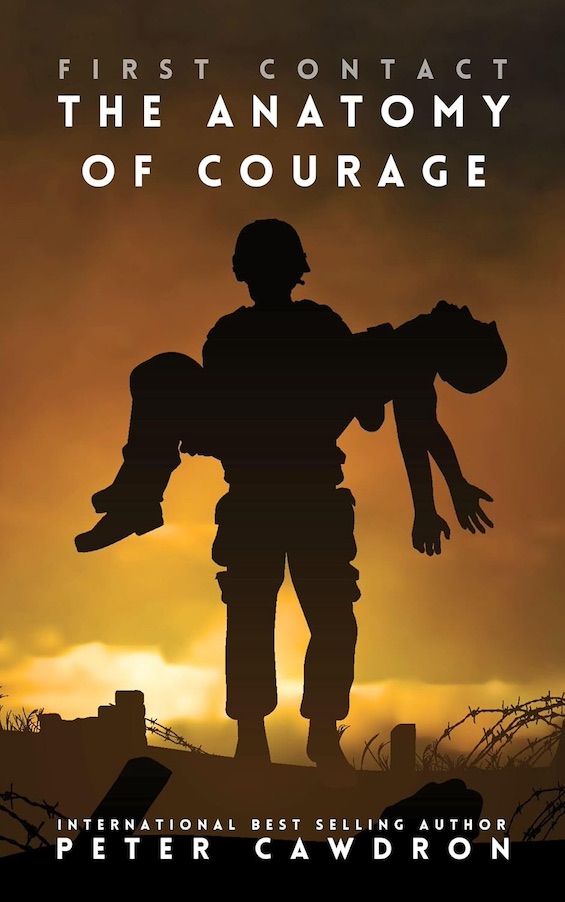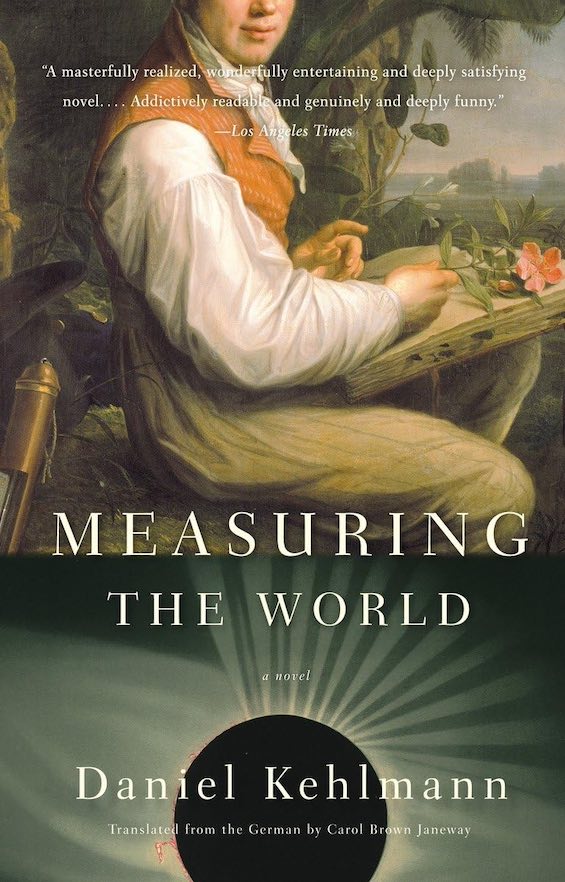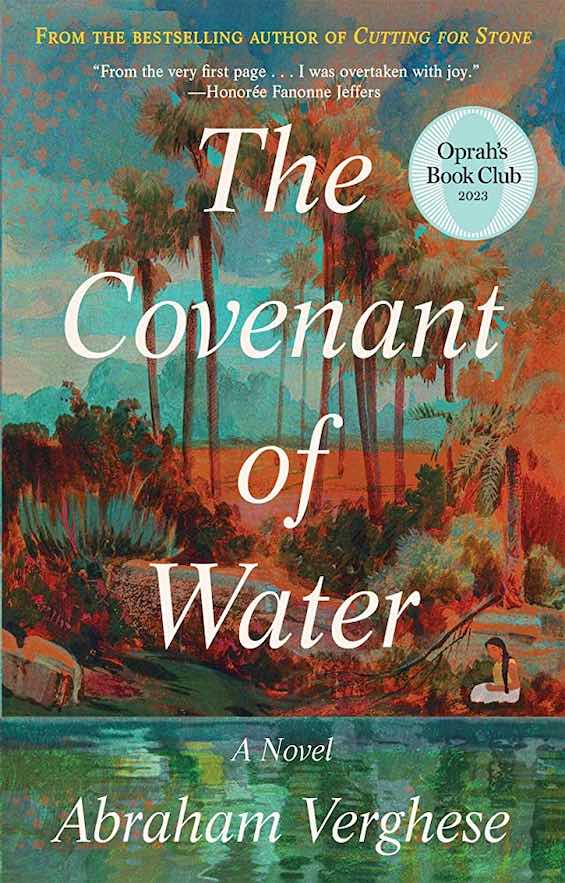
Estimated reading time: 9 minutes
If you’ve never been to India, you’ll find it hard to imagine what it’s like. For starters, the country’s 1.3 billion people are crowded into an area approximately one-third the size of the United States (which is home to one-third the number of people). Walk the streets in any one of India’s five megacities (Delhi, Mumbai, Kolkata, Bengaluru, and Chennai), and you’ll understand just how crowded a country can become. Each of them has a population of more than ten million, and two have twice that many.
Then hire a Hindi-speaking guide and try to communicate with anyone outside the north, and you’ll see what it’s like for people to speak 780 different languages in a single country. (In fairness, only 22 of those languages are acknowledged in the Indian Constitution, and only 30 were spoken by more than a million people each, according to the 2001 census.)
Finally, try the food in the country’s south after a visit to Delhi or Agra. When your mouth recovers from the spicy heat, you’ll realize that culinary and other cultural differences vary just as widely as the linguistic ones. India is, in a word, the most diverse place on Earth.
This post was updated on March 27, 2024.
The most diverse country on Earth—and one of the poorest
Currently, India is also one of the poorest nations on the planet. But that wasn’t always the case. Until about 200 years ago, India was (along with China) the most prosperous country on Earth. At its current rate of economic growth, it’s not out of the question that the country will eventually become one of the wealthiest nations on the planet once again. And soon it is projected to pass China and become the most populous as well.
The 28 books listed below can hardly do justice to such a massive subject as the history and culture of India. But they’re full of insight. You can’t go wrong starting with these books as an introduction to what I regard as the most fascinating country on Earth.
Good books about India: nonfiction
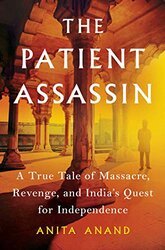
The Patient Assassin by Anita Anand—The story of the Amritsar Massacre that sped up the Indian independence movement
Behind the Beautiful Forevers: Life, Death, and Hope in a Mumbai Undercity by Katherine Boo—A searing look at poverty in India that reads like a novel
A History of Future Cities by Daniel Brook—Urbanization, globalization and the future of humanity
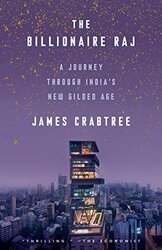
The Billionaire Raj: A Journey Through India’s New Gilded Age by James Crabtree—A vivid portrait of India’s new Gilded Age and the billionaires at its center
Smoke and Ashes: A Writer’s Journey Through Opium’s Hidden Histories by Amitav Ghosh—A new history of opium as addictive as the drug
India After Gandhi by Ramachandra Guha—A look back at India’s history after independence by one of the country’s leading historians
Midnight’s Furies: The Deadly Legacy of India’s Partition by Nisid Hajari—An insightful history of the Indian Partition
Monsoon: The Indian Ocean and the Future of American Power by Robert D. Kaplan—The geopolitical reality behind the “pivot to Asia”
Incarnations: A History of India in Fifty Lives by Sunil Khilnani—Indian history portrayed through biography
The Tatas: How a Family Built a Business and a Nation by Girish Kuber—How India’s Tata family built modern India
Good books about India: fiction
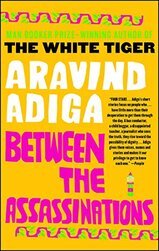
Between the Assassinations by Aravind Adiga—India’s diversity under a microscope
Last Man in Tower by Aravind Adiga—A compelling portrait of Indian society today
The Return of Faraz Ali by Aamina Ahmad—A murder and a cover-up in 1960s Pakistan
Djinn Patrol on the Purple Line by Deepa Anappara—A deeply affecting tale of child trafficking in India today
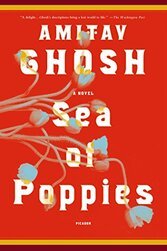
Sea of Poppies (Ibis Trilogy #1) by Amitav Ghosh—A superb historical novel about the opium trade by Amitav Ghosh
River of Smoke (Ibis Trilogy #2) by Amitav Ghosh—A brilliant Indian novel about the First Opium War
Flood of Fire (Ibis Trilogy #3) by Amitav Ghosh—An outstanding Indian novelist looks at the Opium War
The Hungry Tide by Amitav Ghosh—River dolphins, man-eating tigers, and a massive cyclone on the Bay of Bengal
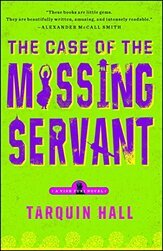
The Case of the Missing Servant (Vish Puri #1) by Tarquin Hall—Indian private eye Vish Puri is the best, he thinks
The Case of the Man Who Died Laughing (Vish Puri #2) by Tarquin Hall—Vish Puri and the case of the man who died laughing
The Case of the Deadly Butter Chicken (Vish Puri #3) by Tarquin Hall—India’s #1 private detective is an unforgettable character
The Case of the Love Commandos (Vish Puri #4) by Tarquin Hall—India’s #1 private detective and the Love Commandos
The Case of the Reincarnated Client (Vish Puri #5) by Tarquin Hall—India’s tragic history explains this clever Indian detective novel
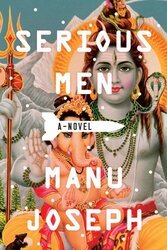
Serious Men by Manu Joseph—A comic novel about India today, and Big Science, too
Miss Laila, Armed and Dangerous by Manu Joseph—An entertaining spoof of the right wing Indian government
Age of Vice by Deepti Kapoor—A riveting tale of crime at the top in India today
Midnight at Malabar House (Malabar House #1) by Vaseem Khan—A compelling murder mystery set in India after Partition
The Dying Day (Malabar House #2) by Vaseem Khan—A baffling mystery based on ciphers
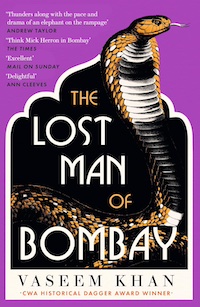
The Lost Man of Bombay (Malabar House #3) by Vaseem Khan—A baffling murder mystery in post-Independence India
Death of a Lesser God (Malabar House #4) by Vaseem Khan—Murder in the shadow of Partition
The Lowland by Jhumpa Lahiri—A haunting tale of love and loss spanning India and America
A Burning by Megha Majumdar—Terrorism, corruption, and Hindu nationalism in India today
Murder in Old Bombay by Nev March—A brilliant debut novel based on an unsolved murder
The Widows of Malabar Hill (Perveen Mistry #1) by Sujata Massey—The first woman lawyer in Bombay solves a baffling mystery
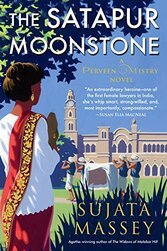
The Satapur Moonstone (Perveen Mistry #2) by Sujata Massey—A murder mystery set in colonial India highlights the princely states
The Bombay Prince (Perveen Mistry #3) by Sujata Massey—Murder in Bombay during the Indian independence movement
The Mistress of Bhatia House (Perveen Mistry #4) by Sujata Massey—Fighting crime in Bombay a century ago
Run and Hide by Pankaj Mishra—A compelling novel explores economic inequality in India today
A Rising Man (Wyndham and Banerjee #1) by Abir Mukherjee—A brilliant historical detective novel set in India following World War I
A Necessary Evil (Wyndham and Banerjee #2) by Abir Mukherjee—A royal murder in colonial India with hundreds of suspects
Smoke and Ashes (Wyndham and Banerjee #3) by Abir Mukherjee—A brilliantly constructed murder mystery set in colonial Calcutta
Death in the East (Wyndham and Banerjee #4) by Abir Mukherjee—A murder mystery in the British Raj
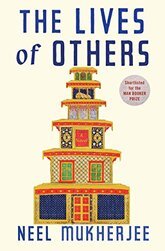
The Lives of Others by Neel Mukherjee—The human toll of social change
The Bangalore Detectives Club (Kaveri and Ramu #1) by Harini Nagendra—A murder case crosses class and caste lines in 1921 Bangalore
A History of Burning by Janika Oza—A multigenerational tale of the Indian diaspora in Africa
The Bandit Queens by Parini Shroff—You’ll laugh about these murders in an Indian village
The Covenant of Water by Abraham Verghese—A deeply moving tale of life, love, and loss in 20th-century India
Other books about India
I’ve rated all three dozen books listed above as either ★★★★☆ or ★★★★★. The exception is the history by Ramachandra Guha, which I read before launching this blog and thus haven’t reviewed. But it would surely deserve the highest rating. However, I’ve read and reviewed two additional books about India. Neither one of them warranted such a high rating. But both, in their own ways, offer perspective on India today. They’re worth reading if you’re intent on understanding the country in the early 21st century.
The Windfall by Diksha Basu—Sudden wealth, arranged marriages, and class envy in India today
Selection Day by Aravind Adiga—An Indian novelist celebrates cricket
Two additional books are worthy of mention.
The Emperor of Maladies is only incidentally about India. The author is the son of Indian physicians, and they play a significant role in his account about the history and treatment of cancer. So does Indian culture.
The Emperor of All Maladies: A History of Cancer by Siddhartha Mukherjee—A cancer researcher looks at the disease most of us fear above all
And Trouble in Nuala (Inspector de Silva #1) by Harriet Steele (A colonial-era mystery set in British Ceylon) isn’t set in India proper but in an island off the southeast coast of the subcontinent. Its minority Tamil people are actually Indian in origin. A majority of them live in the South Indian state of Tamil Nadu across the water.
For related reading
If you’re a mystery fan, be sure to check out The best Indian detective novels.
You might also be interested in:
- 20 top nonfiction books about history
- Science explained in 10 excellent popular books
- 20 most enlightening historical novels
And you can always find my most popular reviews, and the most recent ones, on the Home Page.

